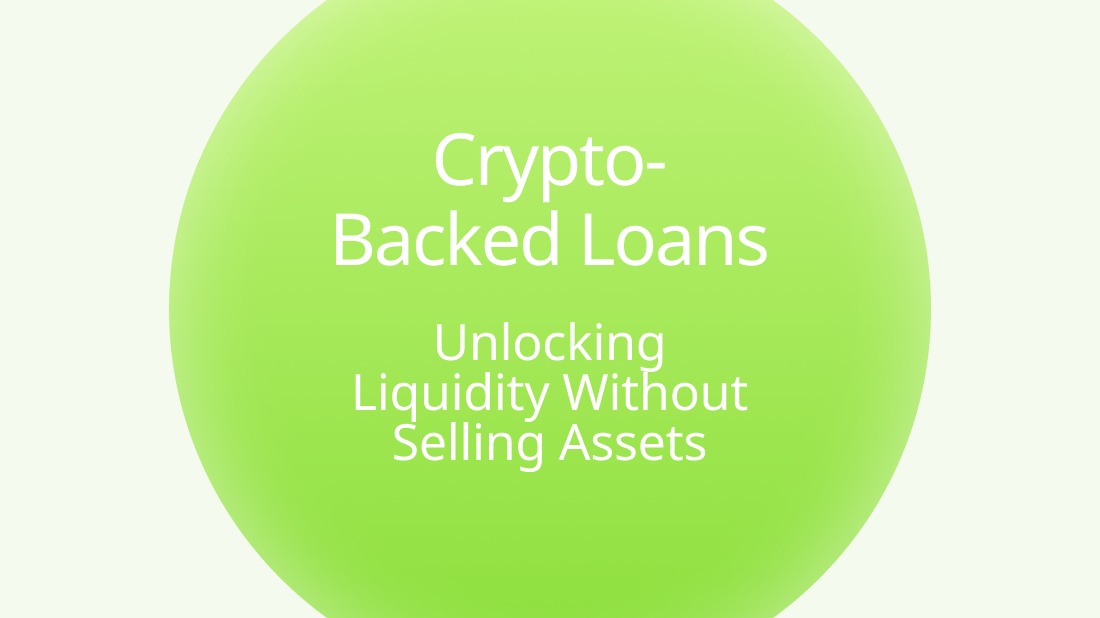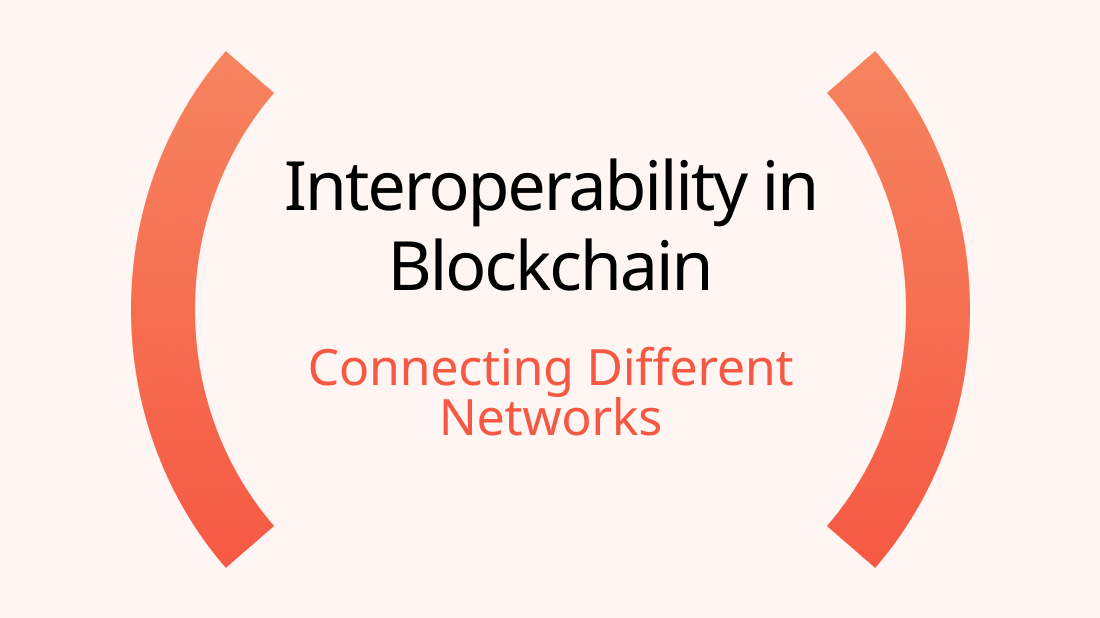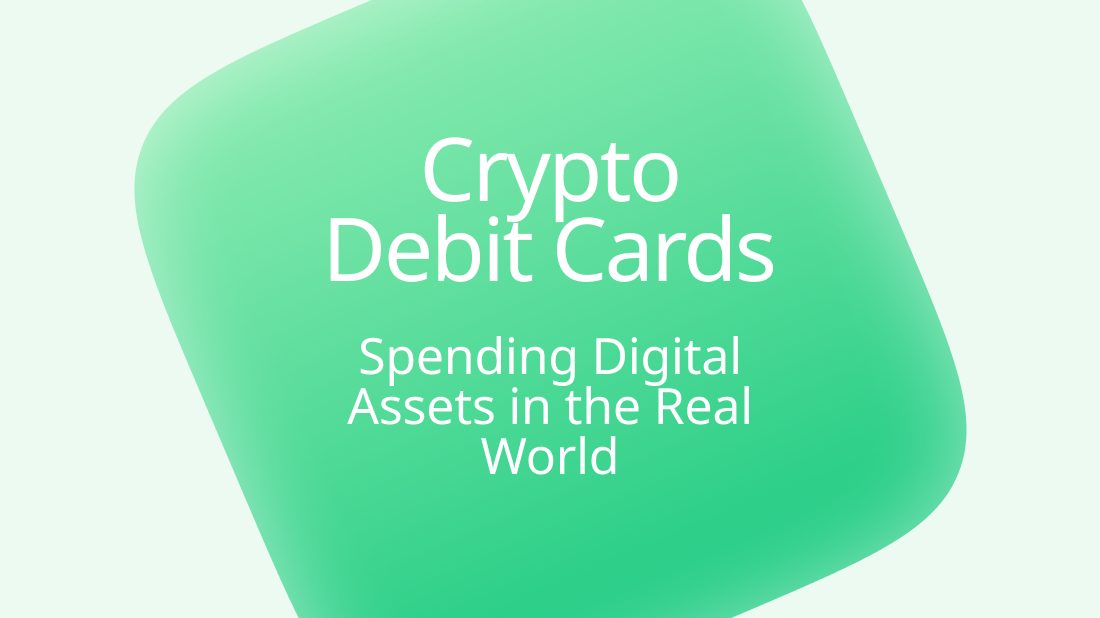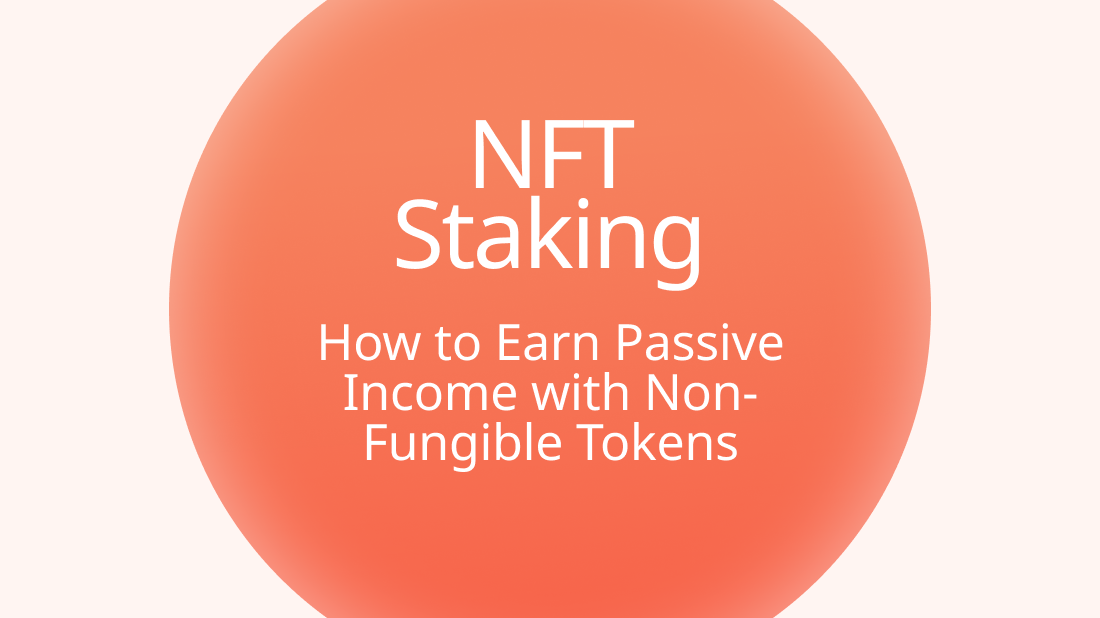What is the definition of a TXID, and when does it become significant?
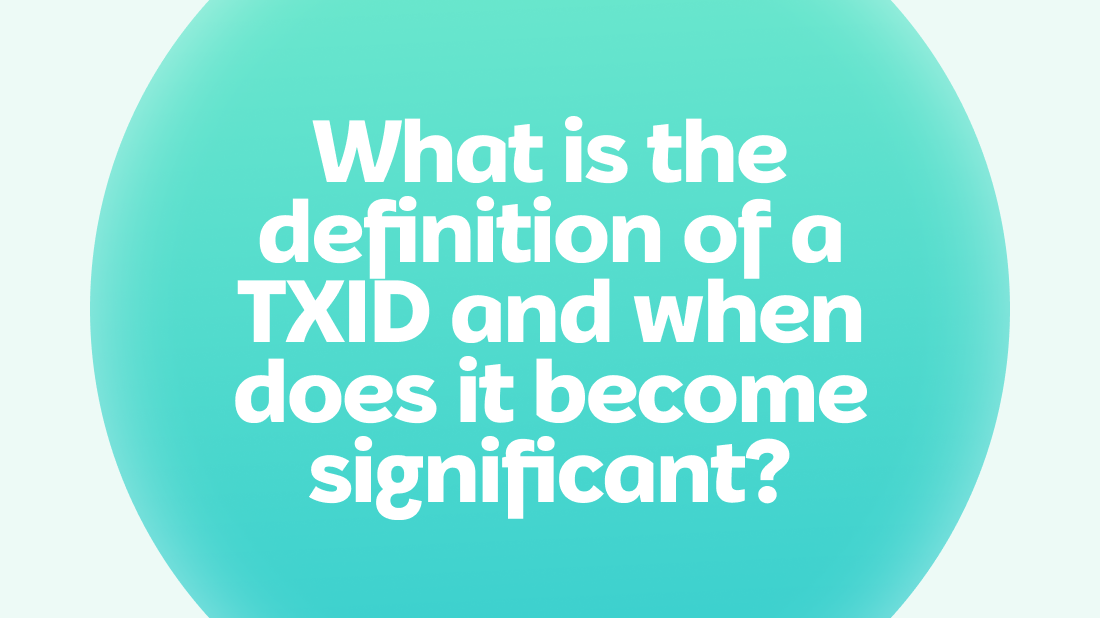
Today, cryptocurrency has its unique terminology, often unclear to beginners. If you are one of them, we will help you understand one important thing every crypto trader should know about. And this is the TXID of digital currency transactions. Today we will explain what these four letters mean, the function of TXID meaning, how to find it, and how to use it.
To understand the essence, let's first understand what a transaction is. Money is sent from one account to another, that's all. Regarding digital currencies, coins are transferred from one cryptocurrency wallet to another. However, how are cryptocurrency transactions technically carried out? What happens behind the blockchain scene when cryptocurrency is transferred, and what is txid?
A transaction is information about the transfer of assets. This information is recorded in the blockchain blocks of a certain digital currency. Each block contains a header and a list of transactions. The header includes:
- The hashes of the transactions.
- The hash of the block itself.
- The hash of the previous block.
To become a valid part of the blockchain and be recorded in a block, a miner must confirm each transaction.
Understanding TXID (Transaction ID) in Blockchain
What is txid, read our full review.
Introduction to TXID and Its Role in Blockchain Transactions
Blockchain has many advantages, including the possibility of faster, cheaper, and more transparent transactions. Whether you send or receive digital coins like Bitcoin, you can easily find transactions on the blockchain. This is due to the transaction ID.
Anatomy of a TXID: Components and Format
A transaction ID or TIXD is a unique character string used for a transaction on the blockchain. It is given to every verified transaction and added to the blockchain. This means that all transactions on the blockchain have an ID.
Below are examples of references to the concept of "transaction ID crypto" in the media:
- "Looking for the Cryptocurrency Transaction Identifier (TIXD)" (Wirex)
- "How to find any Bitcoin transaction on the blockchain" (Bitcoin.com March 27, 2019)
Importance of Unique TXIDs for Transaction Verification and Security
This concept is also called a hash or transaction hash. The transaction ID has its advantages.
First, tx id is handy when you need proof that you sent the bitcoins. The recipient of your transfer may request it to prove that you have successfully sent the payment. TXID is more like a digital receipt of your blockchain transactions. They can be shared safely.
Secondly, tx id also helps during pending transactions. The blockchain undergoes maintenance from time to time, leading to a delay in transactions. With tx id crypto, you have nothing to fear; with it, you can always check your transaction's status on the blockchain.
Significance of TXID in Blockchain Transactions
Most cryptocurrencies operate on open blockchain registries, the information which is publicly available to all users. But, despite the importance of the identifier and the openness of the blockchain, not every ordinary user knows where to look at the txid check and how to track the transaction using it.
Confirmation Process: How TXIDs Establish Transaction Validity
You can view the TXID in the transaction log of the cryptocurrency wallet from which the transaction was made. Also, special services have been developed that allow you to get a crypto transaction id, knowing its other data.
TXID as a Proof of Transaction and its Role in Dispute Resolution
For example, tx id verification for different cryptocurrencies is available through the services:
- Bitcoin - blockchain.info;
- Ethereum-etherscan.io
- Litecoin - insight.litecore.io
- Ripple - xrpcharts.ripple.com
- Zcash - explorer.zcha.in
Regardless of the chosen service, they must perform the same algorithm of actions.
Factors Influencing the Importance of TXID
TxID crypto indicates the location of the transaction on the blockchain. Each transaction is stored in interconnected blocks in the blockchain network. It is used to determine which block the transaction is in and the order of the transaction.
Transaction Scalability and the Impact on TXID Significance
Through blockchain txid, you can track the status of a transaction and receive information about when this transaction occurred. The TxID meaning is also used to verify that the transaction has been completed and confirmed. Once the TxID of a transaction is recorded on the blockchain network, the transaction is considered valid and can be verified by other users. Since TxID is a unique transaction identifier, it can be used to check whether a transaction has occurred.
Transaction Confirmation Time and the Relevance of TXIDs
Cryptocurrency transactions, such as transaction confirmation, may encounter some issues. TxID is an essential source of information for monitoring and troubleshooting such issues.
Smart Contracts and TXID Integration: Enhancing Security and Trust
Using the corresponding blockchain transaction id, you can check the status and progress of the transaction and contact support providers if necessary.
TxID can also be used to verify the integrity of a particular transaction. Transaction data is associated with a hash value via a blockchain txid. Thus, any change in the transaction data will change the value of the hash function.
As a result, the importance of TxID lies in the fact that it plays a fundamental role in operations related to cryptocurrency transactions, such as tracking, verification, troubleshooting, and ensuring data integrity.
Summary
Detention-based transfer system operates on special assignments. Receiving a request or calling the bank's hotline to check the transfer status is impossible. The TXID evaluation identifier is a tool that raises the status of the transfer of coins and confirms that the currency was made. It is required for the accumulation of problem transactions in the system.
The easiest way to find out the TXID is to view the transaction log of the cryptocurrency wallet with which the transaction was sent. If there is no access to the wallet, then it is possible from the service to allocate chains, but you need to know the minimum public address of the recipient's wallet and the exact number of digital coins sent.



